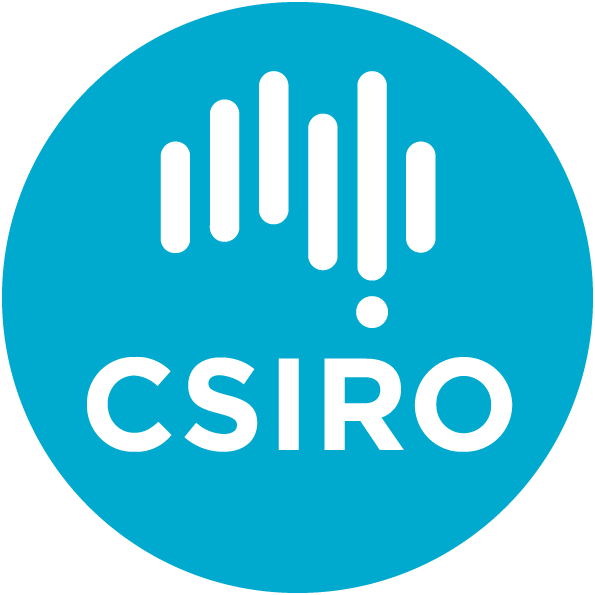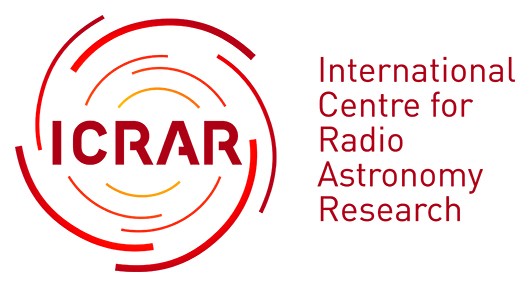International astronomers using a telescope owned and operated by CSIRO, Australia’s national science agency, have revealed a galaxy wrapped in a cosmic ‘ribbon’.
The research, led by Dr Nathan Deg and Dr Kristine Spekkens from Queen’s University Canada, presents a stunning image of a galaxy called NGC 4632 that is 56 million light years from Earth.

It’s been identified as a potential polar ring galaxy, which are some of the most spectacular types of galaxies in the Universe, and among the most mysterious.
Detected using CSIRO’s ASKAP radio telescope on Wajarri Yamaji Country in Western Australia, the galaxy features a ring of gas that can only be seen at radio wavelengths. The ring is orbiting the galaxy at right angles to its spiral disk, like a parcel wrapped in a ribbon of cosmic gas, dust and stars. Dr Nathan Deg co-authored the paper published today in Monthly Notices of the Royal Astronomical Society.
“The findings suggest that one to three per cent of nearby galaxies may have gaseous polar rings, which is much higher than suggested by optical telescopes. Polar ring galaxies might be more common than previously thought,” Dr Deg said.
Why polar rings exist is still a puzzle to astronomers. One possible explanation is that their stellar rings, which appear blended with gas clouds, are shredded material from a passing galaxy.
Another possibility is that hydrogen gas flows along the filaments of the cosmic web and accretes into a ring around a galaxy, possibly forming stars during this process.
In the future, polar ring galaxies can also be used to deepen our understanding of the universe, with potential applications in dark matter research. It is possible to use polar rings to probe the shape of dark matter of the host galaxy, which could lead to new clues about the mysterious properties of the elusive substance.
Over 25 global collaborators from Canada, Australia, South Africa, Ecuador, Burkina Faso, Germany, China, and beyond worked together to analyse data from the first WALLABY survey collected using ASKAP and processed by the Pawsey Supercomputing Research Centre in Western Australia.
ASKAP is part of CSIRO’s Australia Telescope National Facility. It is also a precursor to the international SKA telescopes currently being built in Australia and South Africa.
More information
- Queen’s University media release: https://www.queensu.ca/gazette/media/news-release-discovery-two-potential-polar-ring-galaxies-suggests-these-stunning-rare-clusters
- CSIRO media release: https://www.csiro.au/en/news/All/News/2023/September/Polar-Rings
- ICRAR media release: https://www.icrar.org/polar-rings/
- Original paper in MNRAS: https://doi.org/10.1093/mnras/stad2312
- ArXiv preprint: https://arxiv.org/abs/2309.05841



